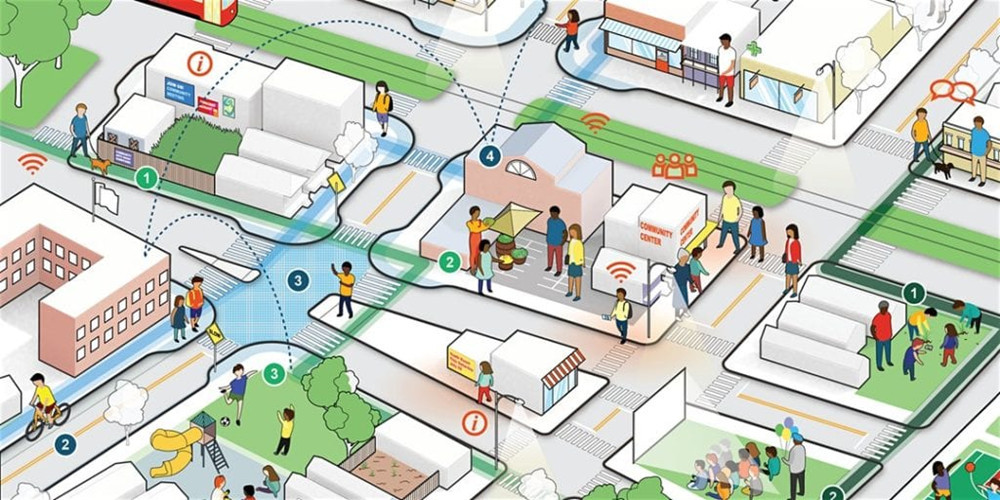
In recent years, many countries and cities are moving towards the direction of child-friendly city planning and design, so what is child-friendly city? What are the design principles for creating child-friendly Spaces and facilities?
1. Concept of Child-friendly cities
Child-friendly city is a dynamic concept that was first proposed in the fields of psychology and education in 1960, and later included in the Convention on the Rights of the Child in 1989. In 1996, the United Nations Children's Fund and the United Nations Human Settlements Programme officially proposed the concept of "child-friendly city", advocating for the inclusion of children's basic needs in the planning of neighborhoods or cities. This involves taking certain measures to improve the child-friendliness of existing neighborhoods or cities. In recent years, the concept of "child-friendly city" has gradually gained attention in China. In October 2021, 23 departments including the National Development and Reform Commission and the Ministry of Housing and Urban-Rural Development jointly issued guiding opinions on promoting the establishment of child-friendly cities, aiming to establish various child-friendly spaces and facilities in urban areas, including child-friendly communities, child-friendly parks, schools, hospitals, and cultural and sports facilities. The plan is to pilot 100 child-friendly cities nationwide. Many cities, such as Beijing and Shenzhen, have made active attempts to create child-friendly cities.

2. Principles of child-friendly space and facility design
Children are the future of the city. Designing and building child-friendly cities is a new direction in urban planning and design, providing children with a comfortable, safe, fun, green, and fair environment for growth. We are also exploring the multidimensional relationship between children and the city, integrating elements of "art, nature, and exploration" into our designs, and adding more organic spaces for fun, interaction, and vitality to the city.
(1)Safety Design Principles
Undoubtedly, safety is the primary principle of design. In order for children to play spontaneously and independently in public spaces in the city, and for adults not to interfere too much, the safety of children's playgrounds must be given top priority. First, the visibility must be ensured, with no excessively high obstructions around, so that children's activities can be seen by parents, achieving a supervisory effect. Secondly, the children's playground should be easily recognizable. Children are easily attracted to objects with unique shapes and bright colors. Creating a conspicuous entrance for the playground can make it easy for children to see it from the street corner, increase the park's iconic status, help children become familiar with the living environment in the community, and allow parents to let their children play in well-known places nearby with peace of mind.
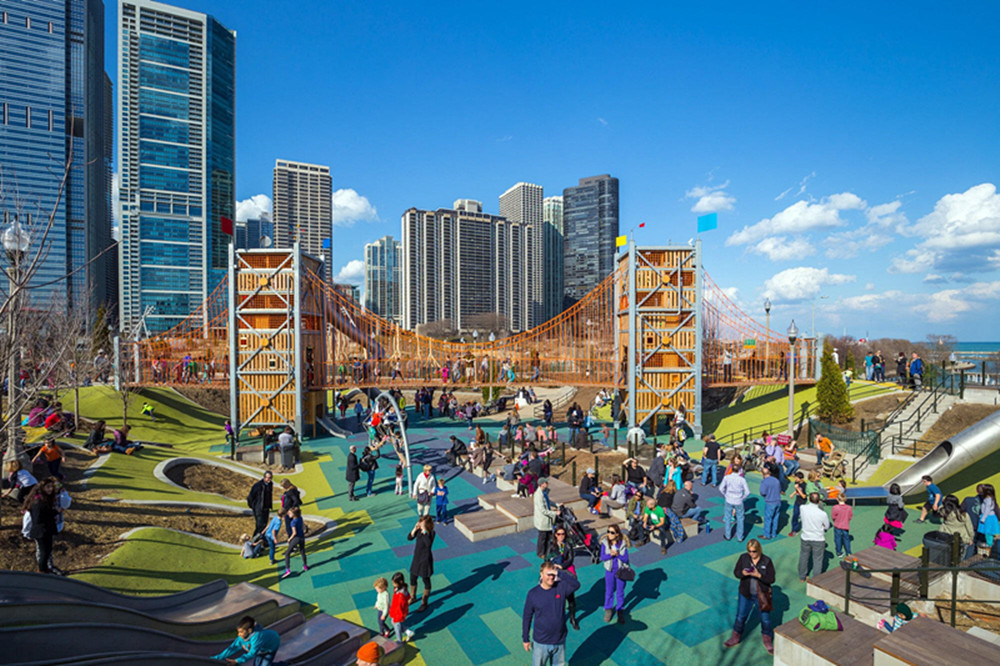
(2)Customized Design Based on Local Conditions
In urban children's parks, child-friendly communities, and public spaces, designers fully investigate the available terrain, trees, slopes, etc. on site, and skillfully apply the natural terrain features, combining children's favorite elements and fully integrating the surrounding natural environment to create a unique pocket playground for children. Children's favorite elements include clouds, rain, ice and snow, sun, moon, stars, mountains, rivers, lakes, flowers, trees, birds, animals, and fish, etc., which are ingeniously combined in the design of activity areas and nodes to create common activity facilities such as jumping clouds, interactive springs, winding streams, ice and snow slides, and vortex climbing nets, allowing children to learn about the knowledge of nature while playing, achieving the effect of learning through play.
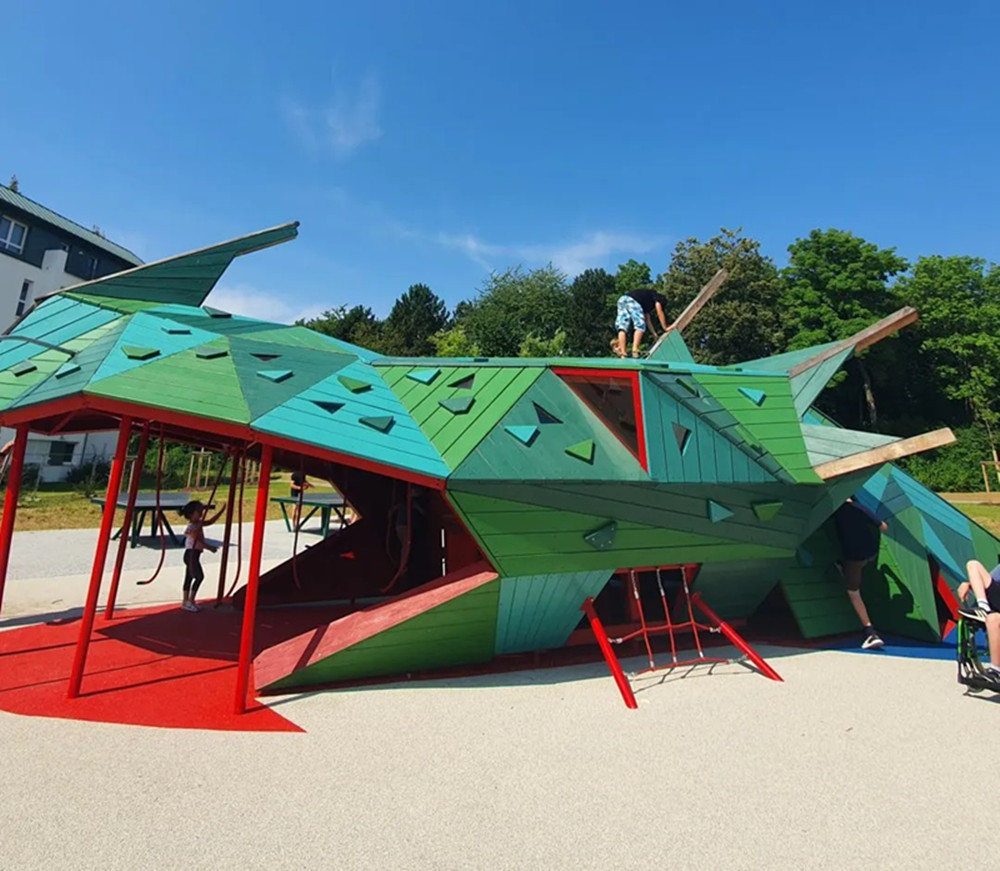
(3)Safety and Environmental Protection, Following the Green Design Concept
In addition to the concept of utilizing natural elements and customized design based on local conditions, designers should also follow the design principles of safety, environmental protection, and greenness, using soft, sturdy, durable polyester and nylon materials to hand-weave various shaped rainbow rope net playgrounds, which are safe, sturdy, and comfortable enough. Designers fully utilize the characteristics of the topography and terrain of public spaces to ensure the integrity of the natural environment. By using environmentally friendly logs and steel as support structures, all kinds of imaginative ideas can become possible.
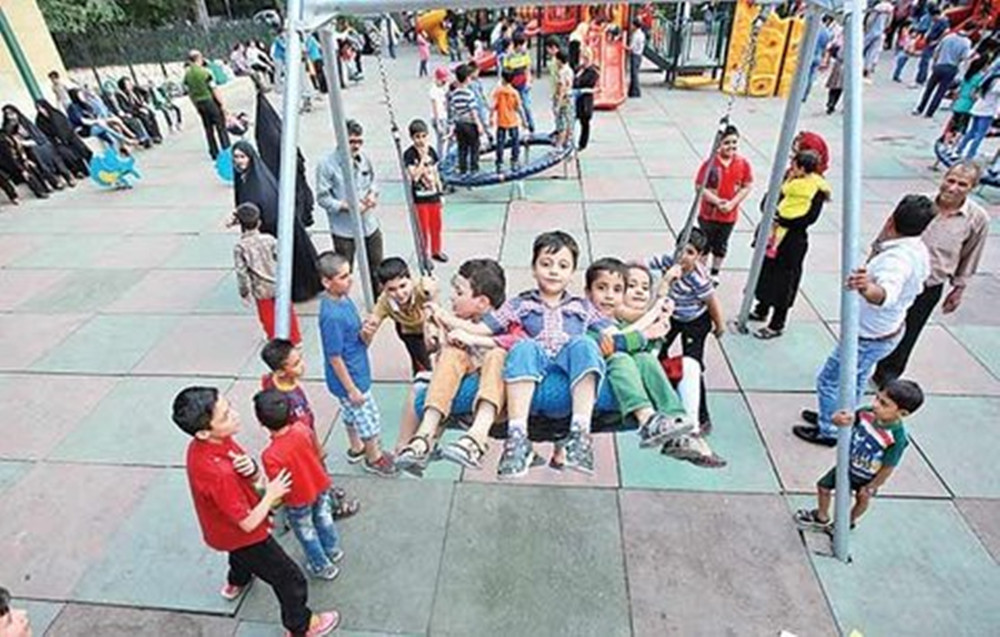
(4) Design suitable for children's psychological and physiological characteristics
In the design of public spaces and facilities, the concept of "one-meter world" is reflected, that is, designing and setting up facilities specifically for children from the perspective of children. For example, through changes in different slopes, the playground is naturally divided into several different "worlds", and the gorgeous landscape colors make the entire site easy to distinguish. Children of all ages can explore nature and boldly innovate in the pocket playground.
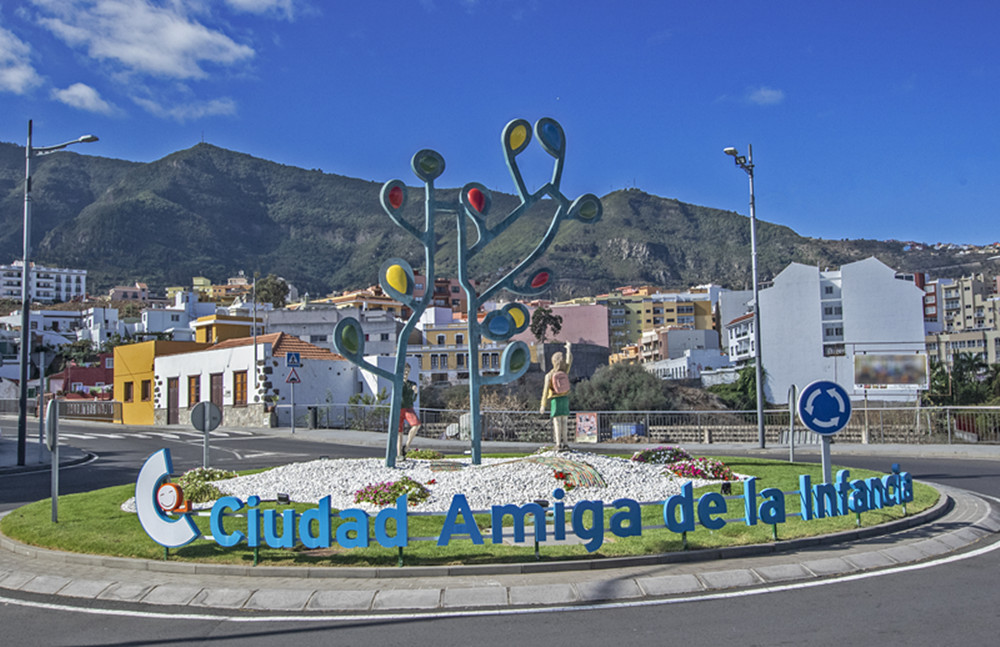
(5)Bold use of rich colors -- kids of all ages can have fun exploring
Designers attract children's attention by skillfully using different color blocks, enhancing their perception and aesthetic consciousness of colors while playing. Usually, the first floor of public space is designed for young children, providing them with bouncing and jumping facilities. The middle layer is designed for older children, with increased difficulty and more interactive areas. The upper layer is designed specifically for older children, with more challenging and clearance-based facilities, allowing children of different ages to explore the fun of outdoor play.
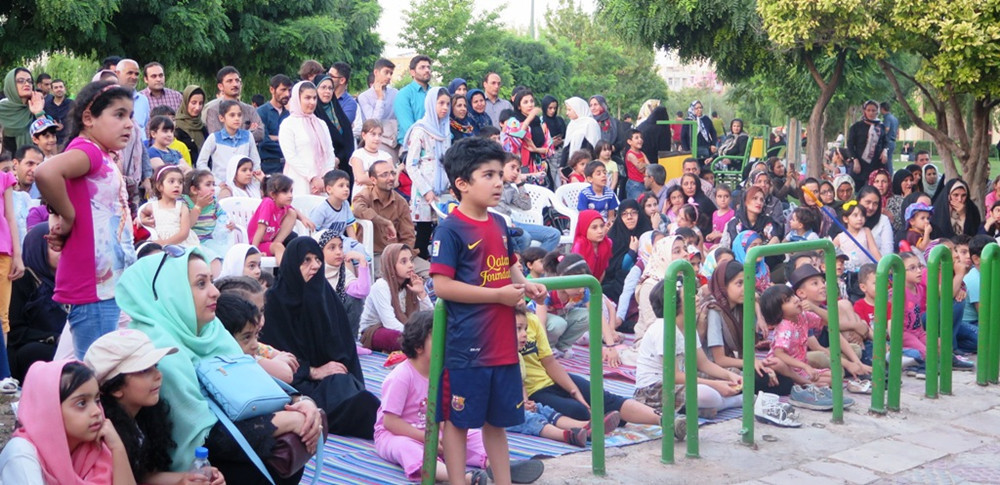
China is in the process of rapid development of child-friendly cities, and it is essential to plan public spaces in cities reasonably, provide child-friendly activity spaces and basic public facilities that meet children's needs, and provide fundamental support for children's healthy life and growth. By leveraging public spaces, children can have more opportunities to connect with nature and play healthily and happily in the city. The design of public spaces fully considers the needs of children, and works for the welfare of urban children!
Awesome! Share to:
Related News
- [Exhibition Review]Beautiful! The rope tribe made their debut at the 20249th China Beauty Exhibition (Shanghai)
- [Exhibition Review] Grow together with the industry! 2024 China (Beijing) international amusement facilities and Equipment Expo successfully concluded!
- Ramayana Water Park - Comprehensive Rope Network Amusement Equipment
- Indoor Children's Park Design Case - Amusement Space Planning of Hainan Wanning Aimi Hotel
- Best wishes on this holiday season!

More than 40 national patents.
More than 10,000 square meters
More than a dozen automated production lines
Century-old hand-woven craftsmanship
